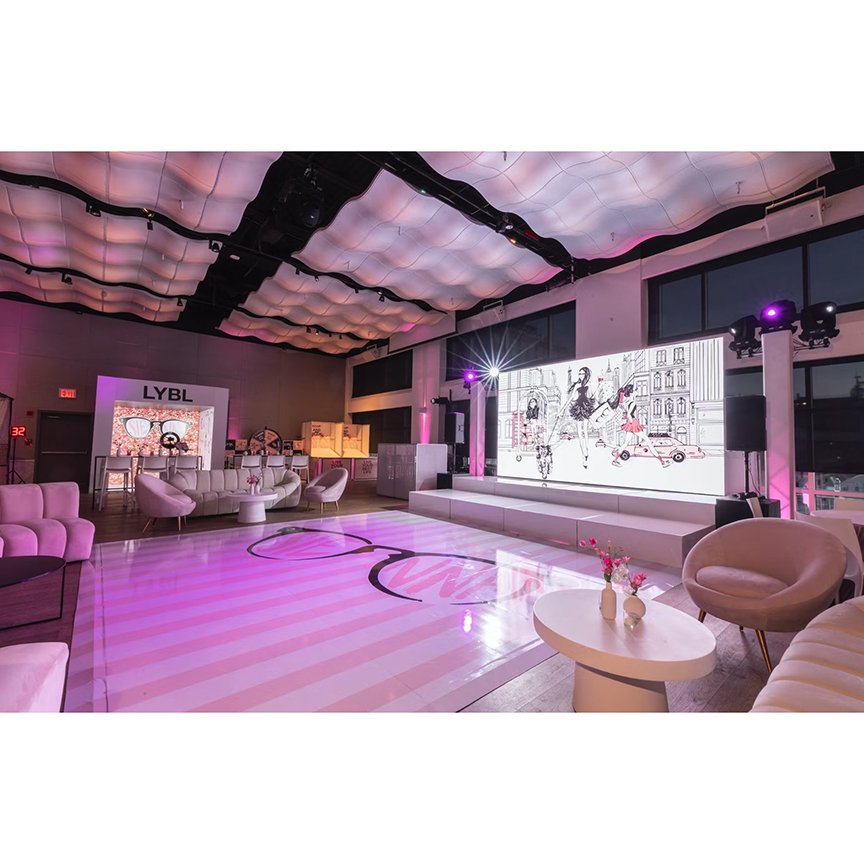Illuminating Innovation Through Hue Principles within Illuminated Dance Surface Designs
Illuminating Innovation Through Hue Principles within Illuminated Dance Surface Designs
Blog Article
Color concept represents a important aspect of design, particularly as it comes to creating light-emitting diode dancing floors. The interplay of colors can significantly influence the mood and energy of a venue. Through understanding how hues function together, designers can craft an ambiance that improves the overall experience for participants. This article examines the fundamentals of color principles and its application in LED dancing floor layouts.
The primary hues are crimson, azure, and golden. These hues cannot be created by blending other colors combined. Intermediate colors, such as green, orange, and purple, are created by mixing primary hues. Tertiary hues are created by combining a main hue with a intermediate hue. Grasping these fundamental connections helps creators select colors that enhance one another and create a visually appealing display. Combining these colors on an light-emitting diode dance floor can result to dynamic and exciting effects that capture the attention of dancers.
Color temperature also plays a key part in aesthetics. Hues can be classified as warm or cool. Warm colors, such as red, tangerine, and yellow, tend to evoke feelings of excitement and warmth. In opposition, chill hues like azure, green, and purple often create a calm More from the author and tranquil environment. Creators can use these color temperatures to establish the ambiance for different kinds of occasions. For example, a celebration atmosphere may benefit from warm hues that invigorate the audience, while a more relaxed event might use cool hues to offer a calming effect.
In addition to hue pairings and temperature, luminosity and intensity are essential elements to consider. Brightness denotes to how bright or dim a color appears, while saturation indicates the intensity of a color. Vivid, intense hues can create a vibrant and energetic helpful hints atmosphere, perfect for dance floors. On the contrary hand, softer, less intense hues can create a more muted environment. Through adjusting brightness and intensity, designers can draw focus to particular areas of the dance surface or establish visual pathways, guiding participants through the venue.
Finally, it is crucial to take into account the emotional impacts of color in light-emitting diode dancing floor designs. Various colors can evoke different feelings and responses. For example, crimson is often associated with zeal and vitality, while blue can be soothing and tranquil. Understanding these connections allows designers to tactically use hues to influence the behavior of participants. Through incorporating color principles into light-emitting diode dance floor layouts, designers can enhance the overall encounter, rendering it memorable and enjoyable for all participating.